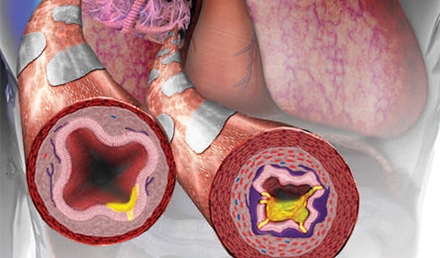Urgent message: Asthma is increasing in prevalence and so, too, presentations of asthma in ambulatory settings. Urgent care providers have an important role to play in identifying and treating acute asthma exacerbations, including providing a written asthma action plan at discharge to improve long-term outcome. BRADLEY M. TURNER MD, MPH, MHA, FCAP, FASCP and JANET M. WILLIAMS, MD, FACEP Patients often seek assistance in urgent care centers for acute presentations of asthma. This provides unique …
Read More









